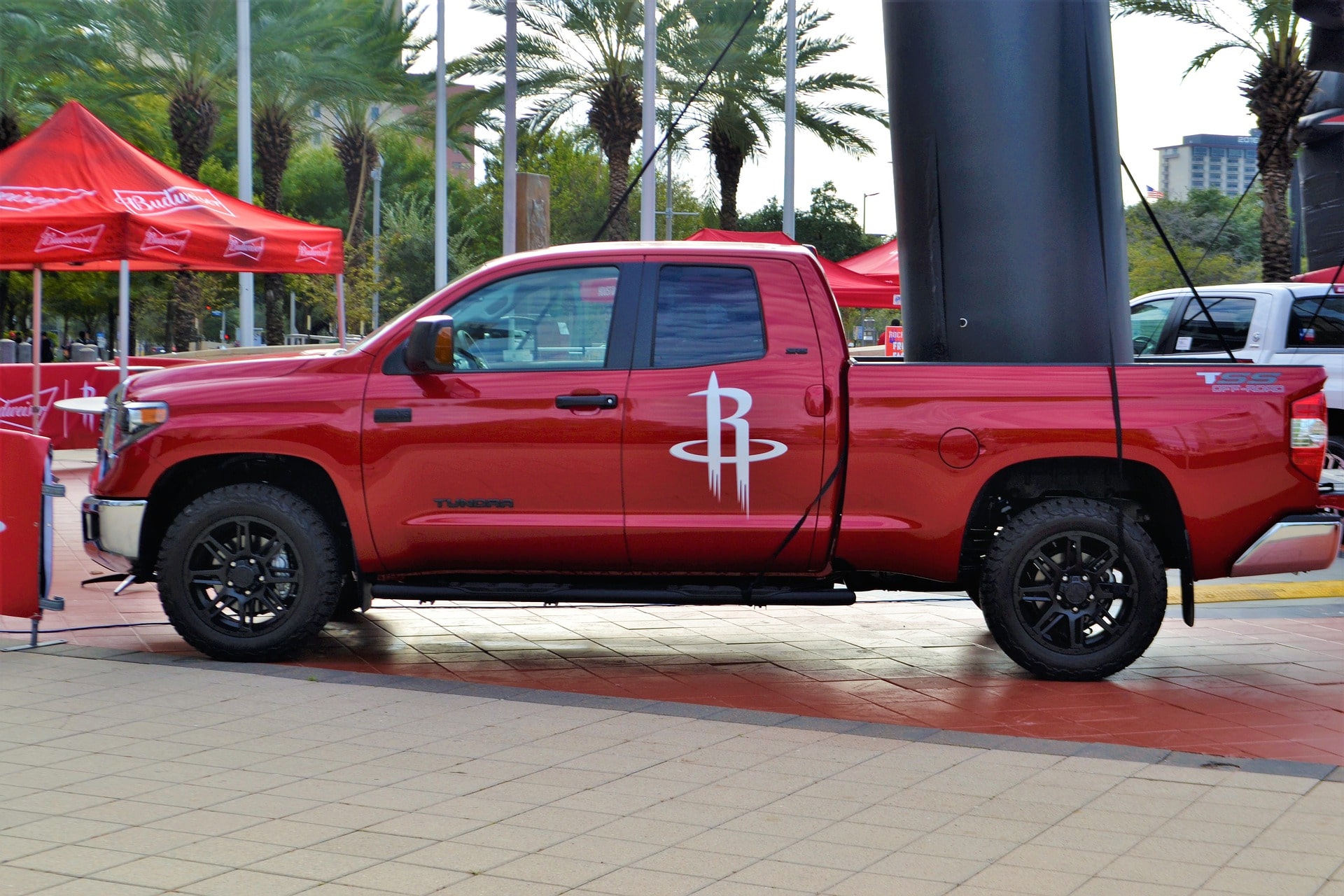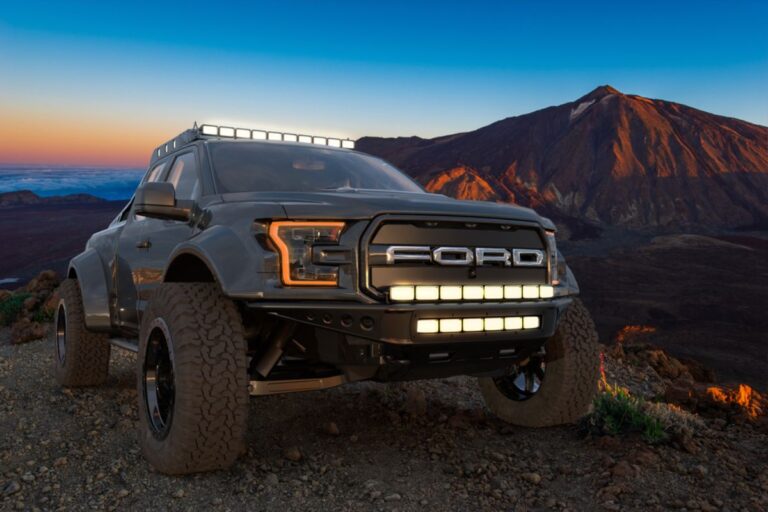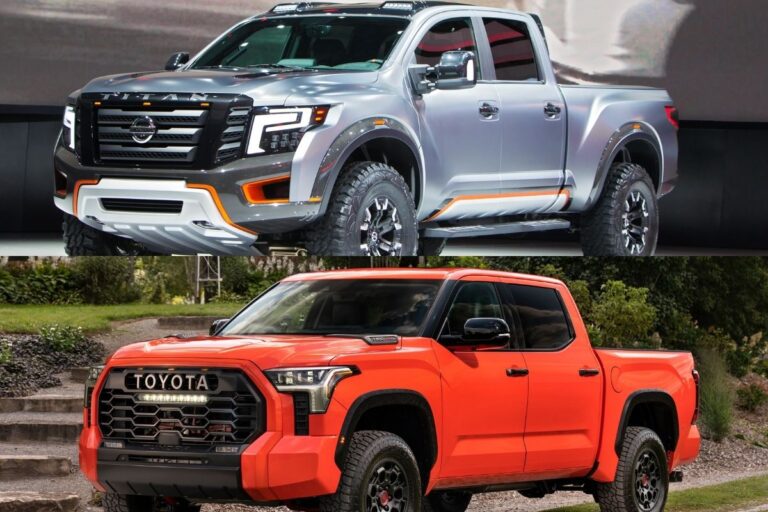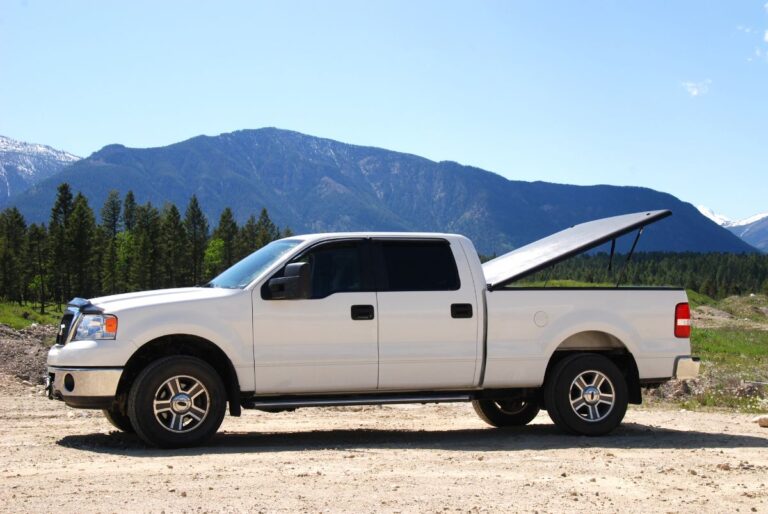
If you’re planning on purchasing a 4-wheel drive truck, or you recently have, there are some things you’ll want to know about this vehicle beforehand. One of the top questions many truck owners with this type of truck as is how often they should use the 4-wheel drive setting. The answer to this just may surprise you if you’re under the impression that this is an action you should take on a regular basis.
You should only use 4-wheel drive when there’s harsh driving conditions such as what you’d experience with a steady rain or snow, along with a few other instances.
What Exactly Is 4-wheel Drive?

4-wheel drive systems typically are in large trucks and sport utility vehicles. Car and Driver states that this is a system that powers the front and rear wheel axles at the same speed to help gain traction. You have to start a 4-wheel drive system manually.
If you have an all-wheel drive system, be aware that it’s always on. It’s so simple to switch over to 4-wheel drive with the modern vehicles. Often times, you’ll be able to do so with just the push of a button when you realize that this is the preferable setting for your trek.
When Should You Use 4-wheel Drive?
There comes a time when you’ll need to conduct some heavy-duty jobs, such as hauling your boat trailer up a launch ramp. This is the perfect opportunity for changing your truck over to the 4-wheel drive setting. According to Car and Driver, you don’t want to use 4-wheel drive all the time or even frequently.
You would turn to using 4-wheel drive when you have to drive on specific road types such as when you are going off-roading or driving on rugged terrain. It’s also something you should switch to when you’re on the road and there are slippery conditions like mud or snow. Basically, if the weather conditions aren’t favorable, put your truck on 4-wheel drive.
If you don’t have any of the above situations, it’s best to keep the vehicle in 2-wheel drive.
When Should You Avoid Switching to 4-wheel Drive?
Avoid using 4-wheel drive when you’re on roads that are dry, flat, and smooth. If you were to drive your truck with these conditions, it can cause damage to your vehicle. Since 4-wheel drive uses more fuel in order to get the drive shaft and gears moving, this is a serious drawback.
Shut this off when you no longer need this setting so that you can save gas.
Why Is 4-wheel Drive Ideal and How Does It Work?
When your truck is on 2-wheel drive, only two wheels are activated to slow and stop the vehicle with their traction. This simply isn’t enough to stop a 5,000 pound vehicle when you put the brakes on while you’re driving on ice. You’d be at risk for skidding and potentially hitting something or causing an accident.
The 4-wheel drive mechanism should only be turned on when absolutely necessary. You may think you still need to use the forward and reverse pattern when feeling stuck in bad driving conditions. However, this is not the case when you’ve got the high 4-wheel drive setting.
You would just drive as usual, slowly use the gas pedal, and take it easy when turning around corners or curves.
Are There Different Settings Within 4-wheel Drive?

The high 4-wheel drive range should be used when you’re driving on slippery roads when you need to maintain speed and traction. You’re able to drive at fast speeds, but it’s not recommended that you cross 55 mph since 4-wheel drive would be less effective. According to Edmunds, you should use 4-wheel drive range on dirt or paved roads that are slick, snowy, or icy.
The 4-wheel drive low range is ideal for use in off-roading conditions. For example, if you’re driving over deep sand, you’ll need to have a lot more traction than otherwise. This setting turns your automobile’s wheels slowly, yet it provides you with more torque when you’re on less forgiving terrain.
Is All-wheel Drive the Same as 4-wheel Drive?

All-wheel drive and 4-wheel drive are not exactly the same. The best way to describe an all-wheel drive vehicle is that it operates to drive all of its wheels at all times. 4-wheel drive automobiles allow you to drive in 2-wheel setting until you decide that you need to have the truck in 4-wheel drive for modified handling and to give you safer driving capabilities.
A truck should not be kept in 4-wheel drive for long periods of time or randomly used. Contrary to some rumors you’ll hear, you don’t need to switch it on to keep it in good working condition. When the roads are slick from ice, snow, or rain, you’ll want to use 4-wheel drive.
It’s also a good idea to turn on 4-wheel drive for heavy-duty jobs such as towing a boat (or something else heavy) with your truck.






